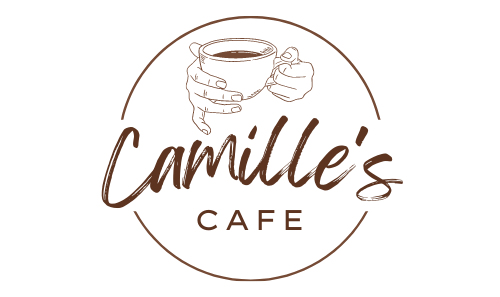For coffee drinkers, there’s nothing quite like that first sip of a fresh, hot cup of joe. But what happens when you don’t finish your coffee and it sits on the counter overnight? Is it still safe to drink day-old coffee? This is a common question among coffee drinkers, and the answer may surprise you. In this article, we’ll explore the safety and quality of day-old coffee and provide some tips on how to make the most of your leftover brew.
General Safety Considerations
When it comes to consuming day-old coffee, there are a few safety considerations to keep in mind. The taste may not be as great as a freshly brewed cup, but that isn’t the only concern. There are potential health risks associated with drinking old coffee, so it’s important to be aware of these risks before deciding whether to consume them.
Let’s go over some of the potential safety considerations when it comes to day-old coffee.
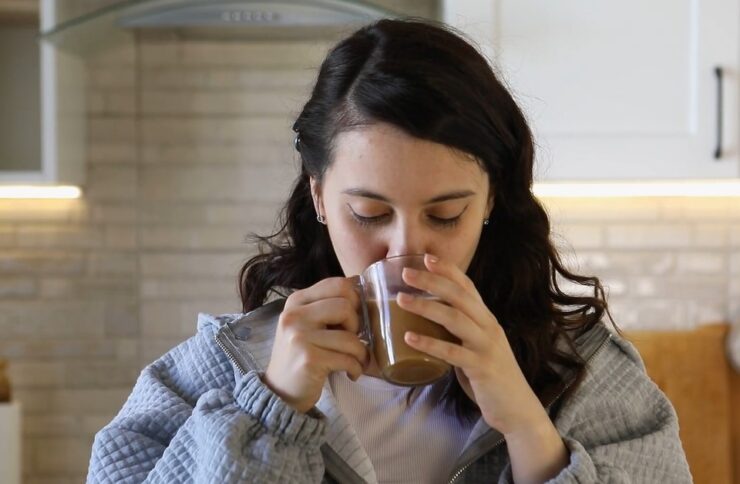
Check the quality of the coffee
When it comes to evaluating the quality of coffee when deciding whether or not it is safe to drink day-old coffee, there are a few things to consider. First, check for any off-smells or odd tastes in the coffee. An indication that the coffee has gone bad is if it smells sour or acidic. Day-old coffee that has been stored in an airtight container with no contact with oxygen should be fine; however, other types of storage may lead to flavors and aromas that you don’t want to experience.
Additionally, take into account the temperature at which you have stored your day-old coffee. If left at room temperature or higher, bacteria can start growing in the day-old beverage causing potential health risks (i.e., food poisoning). Plastic sealable containers are also not recommended for storing your leftover cup of joe as they may temporarily hold a smell or plastic flavor if stored for too long. The best option for storing and safely consuming day-old coffee is using an opaque glass container, preferably one with an airtight lid. This will protect your beverage from direct contact with oxygen and sunlight which accelerates a rancid taste in most traditional coffees.
Check the expiration date
Before consuming any food or drink item it is important to look for signs of spoilage. Coffee is no exception. While there may not be a “use by” date after which all the beneficial properties have evaporated, if you have had a bag of ground coffee or brewed a cup and let it sit out, it could be potentially hazardous if consumed after its expiration date.
Coffee beans should be stored properly in an airtight container away from heat, light, and moisture. Storing in the refrigerator will slow the oxidation process but can cause condensation in your beans while storing in the freezer may dry them out, so proper storage is imperative.
Check all food items before you consume them and try not to add milk products directly to brewed coffee that has been set aside for more than a few hours. If you made one pot of coffee late at night and didn’t finish drinking it all right away, discard any that’s left; opt instead for making yourself a new fresh cup whenever possible (especially if it’s past 24 hours). It is always best to err on the side of caution when ensuring food safety!
Health Risks
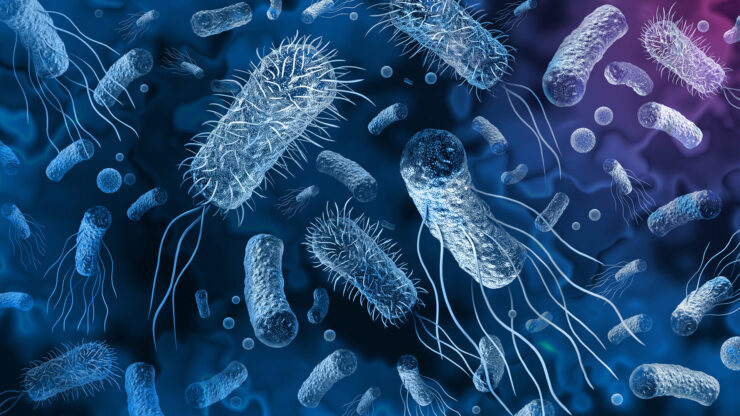
Coffee that is more than a day old can be a hazard to your health if you consume it. While many people have enjoyed drinking day-old coffee, it can affect your system.
This section will discuss the potential health risks and benefits associated with drinking day-old coffee.
Bacteria and mold growth
The main concern of drinking day-old coffee is bacteria, mold, and other toxins that can grow over time. Coffee is a natural food product that contains proteins, carbohydrates, and fats that can become contaminated when exposed to warm temperatures and poor hygiene practices. Studies have shown that if left out at room temperature for more than 12 hours, day-old coffee could contain substances like staphylococcus, salmonella, and E. coli which can cause food poisoning or other diseases in humans.
Taking certain precautions when storing day-old coffee will help reduce the risk of bacteria and mold growth:
- Store unused portions in an airtight container in the refrigerator.
- If you make multiple cups of coffee at one time, drink the entire brew within two hours or discard what remains immediately to avoid any bacterial buildup.
- Before drinking day-old coffee be sure to inspect it for any discoloration or visible contaminants like mold or bacteria as it could make you ill if consumed after 72 hours of being made.
Compromised flavor and aroma

Once it is brewed, the chemical structure of the beans and grinds begins to be altered. Many studies have found that day-old coffee has a compromised flavor and aroma when compared to freshly brewed. In addition to this, if you are drinking day-old coffee, your risk of experiencing adverse health effects may increase – due to the potential buildup of pathogens in the brew.
Organic compounds that create flavor and aroma can begin to diminish over time, as oxidation alters their chemical structures and reactions start to occur – resulting in changes to the taste of day-old coffee. Compounds like caffeine are also affected by oxygen, leading them to break down slowly over time; reducing the level of caffeine present.
The presence of other compounds that can alter the taste may also increase over time; such as acetic and formic acids which lend sour flavors; furfural which gives off an earthy or almond flavor; or skatoles and indoles which generate a fecal smell. Unpleasant flavors aside, these compounds are typically harmless when ingested in small amounts but can act as irritants when built up over time.
Finally, there is an increased risk of microbial contamination due to a build-up of mold spores or yeast in stored, cold brew coffee – potentially making it unsafe for drinking after several days. Cold brews generally take longer than other methods (12 hours or more) – so it’s smart not to leave them sitting around for too long before consuming them. To reduce potential contamination it’s best not to heat pre-brewed stored liquid more than once before pouring a cup!
Effects of Reheating
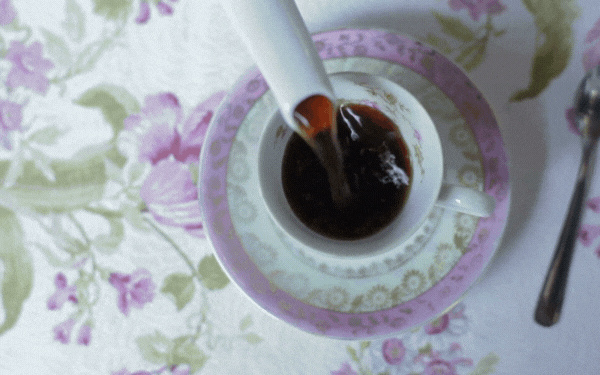
Reheating it can have a few short-term and long-term effects on the taste and quality of the coffee. From flavor to texture, reheating it can take away from its expected taste.
Reheating can also lead to increased acidity in the coffee, as well as a lessening of the coffee’s caffeine content.
Loss of flavor and aroma
The flavor and aroma quickly break down once it has been brewed. Many freshly brewed coffees immediately start to lose the impressive flavor notes they had just after brewing within just a few hours. After 12-24 hours, the deterioration in taste is more serious.
Reheating it can restore some of its lost flavors, but it leaves behind much of the complexity, along with a portion of its aroma. This removes certain nuances from the beverage’s flavor profile that are normally part of the drinking experience. Even when reheated to boiling point and served from a thermos carafe immediately afterward, the flavor still isn’t quite at its peak. If you enjoy your coffee for its taste rather than for its caffeine content, reheating is definitely not a wise choice!
Potential for bacteria growth
When any food or beverage—is left at room temperature, bacteria can form in it and cause it to spoil. In general, reheating won’t destroy the bacteria. In addition to re-heating your day-old coffee not being recommended due to potential bacterial growth, the taste and flavor of the coffee may become impacted by oxidation. Oxidation occurs when oxygen molecules interact with molecules on the surface of the coffee bean during roasting, extraction, or storage. Compared to freshly brewed liquid that is delivered outside of an oxygen environment (like nitrogen draft systems), it will have much less desirable characteristics for a good-tasting cup of Joe.
In summary, even though there may be no “official” guidance about reheating previously brewed coffee that has sat for an extended period of time at room temperature, it is generally recommended that you avoid drinking day-old coffee due to potential bacteria growth and oxidation from prolonged exposure to air and moisture. If you must drink recycled liquid from previous Brew sessions make sure it is stored in a sealed container in the refrigerator otherwise reheat and use immediately after brewing fresh Coffee with potable water.
Alternatives
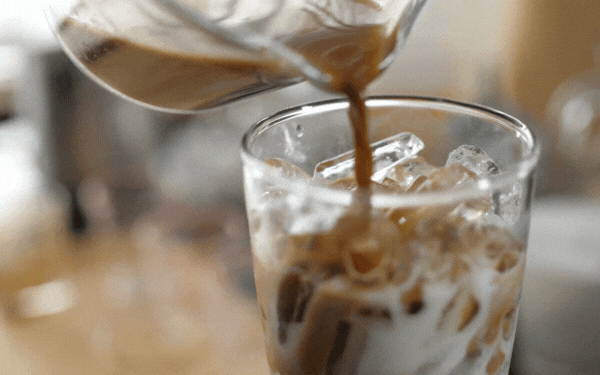
It may not be the most palatable, but if you’re in a pinch there are alternatives. Reheating it is a popular way to revive the flavor, but other options exist.
In this section, we’ll explore some different ways to make your day-old coffee usable.
Cold brew coffee
If you want an alternative to drinking day-old coffee, this may be the perfect solution. This method does not require hot water and instead uses cold or room temperature water to extract the flavor of the beans. This extended contact time allows for a smoother, less acidic cup of coffee.
You can make cold brew right in your kitchen using a French press; simply combine ground beans with room-temperature or cold water and let it steep overnight. Strain off the grounds and store your brewed concentrate in a glass mason jar. To serve, mix one part concentrate with four parts water, milk, or your favorite non-dairy creamer. Cold brew is especially popular in the summer months but can be enjoyed all year round!
Iced coffee
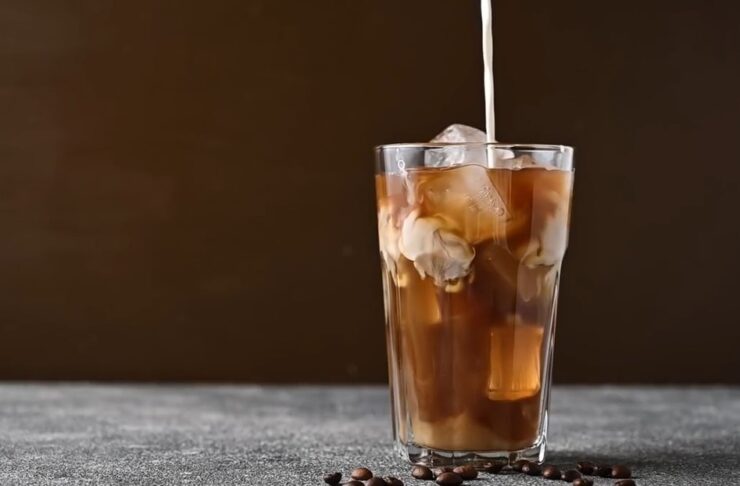
If you’ve made too much, don’t pour it down the drain. One way to enjoy it is by making iced coffee for a refreshing cold drink. You can easily adjust the recipe and make it as strong or light as you prefer. Here’s an example:
Ingredients:
– 1 1/2 cups leftover day-old coffee (chilled)
– 2 tablespoons of sweetener of your choice
– 2 teaspoons of vanilla extract (or flavoring of your choice)
– Milk, nut milk, or cream to taste
Instructions:
1. Mix it with all the ingredients in a bowl until all are completely blended together.
2. Transfer the mixture into a cup partially filled with ice cubes and stir for about 10 seconds until everything is evenly mixed together.
3. Add more ice if needed and top off with the desired amount of milk, nut milk, or cream to taste.
Instant coffee
For an easy, quickly made cup of joe, instant coffee is an option. This type is a great alternative to it and can be brewed in seconds.
It is made by brewing regular coffee, then evaporating the liquid until all that remains are the soluble solids parts of the beverage. Unlike regular, which needs to be freshly ground and brewed in hot water to get the desired flavor, instants are prepared in just a few seconds adopting a pleasing cup of java anytime.
Generally speaking, they tend to have a weaker flavor than regular versions because they lack aromatic oils and acids found in freshly made beverages. However, with both ground and whole bean versions available on the market today, there are plenty of choices for instant quality which can provide good depth of flavor and strength if you select the right ones!
FAQs
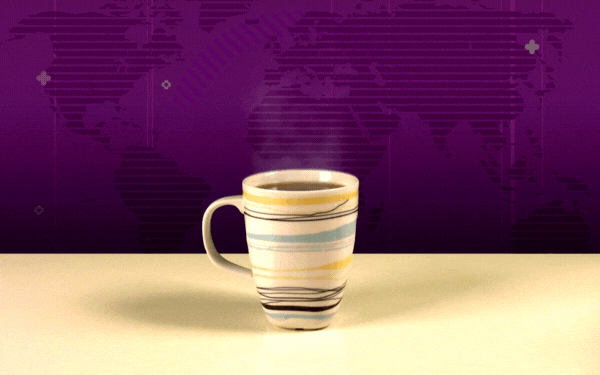
Does the type of coffee matter when it comes to drinking day-old coffee?
The type does not typically affect the safety of drinking it, but it may affect the taste and quality. You can see all on labels.
Custom coffee labels as unique as your roast! Labels help to showcase your brand and communicate what to expect from the coffee beans inside the bag. A custom printed coffee label entices consumers with the promise of a delicious cup that will delight their senses. Take advantage of our standard options, or create a completely custom shape or size with BPS.com. With no minimum order quantity, roasters and coffee houses of all sizes can enjoy the highest quality coffee packaging labels.
Can drinking day-old coffee cause health problems?
Drinking it is generally safe and unlikely to cause health problems, but if it has spoiled, it could make you sick.
How can I tell if leftover coffee has gone bad?
If it has a sour smell or taste, it may have gone bad and should not be consumed.
Can I mix fresh coffee with a day-old one?
Yes, you can mix them, but it may affect the overall taste and quality of the coffee.
Can I use day-old coffee grounds for gardening?
Yes, these grounds can be used as a fertilizer for plants and gardens. They are rich in nitrogen and other nutrients.
Conclusion
In conclusion, drinking it is generally safe, but the quality may not be as good as a fresh cup. While the taste may be stale and the aroma less potent, day-old coffee can still provide a caffeine boost and be repurposed in creative ways.
By following some simple tips, such as storing leftover coffee properly and reheating it correctly, you can make the most of your leftover brew. However, it’s important to remember that, like any perishable food or beverage, it can spoil and should be consumed within a reasonable timeframe to ensure freshness and safety.
